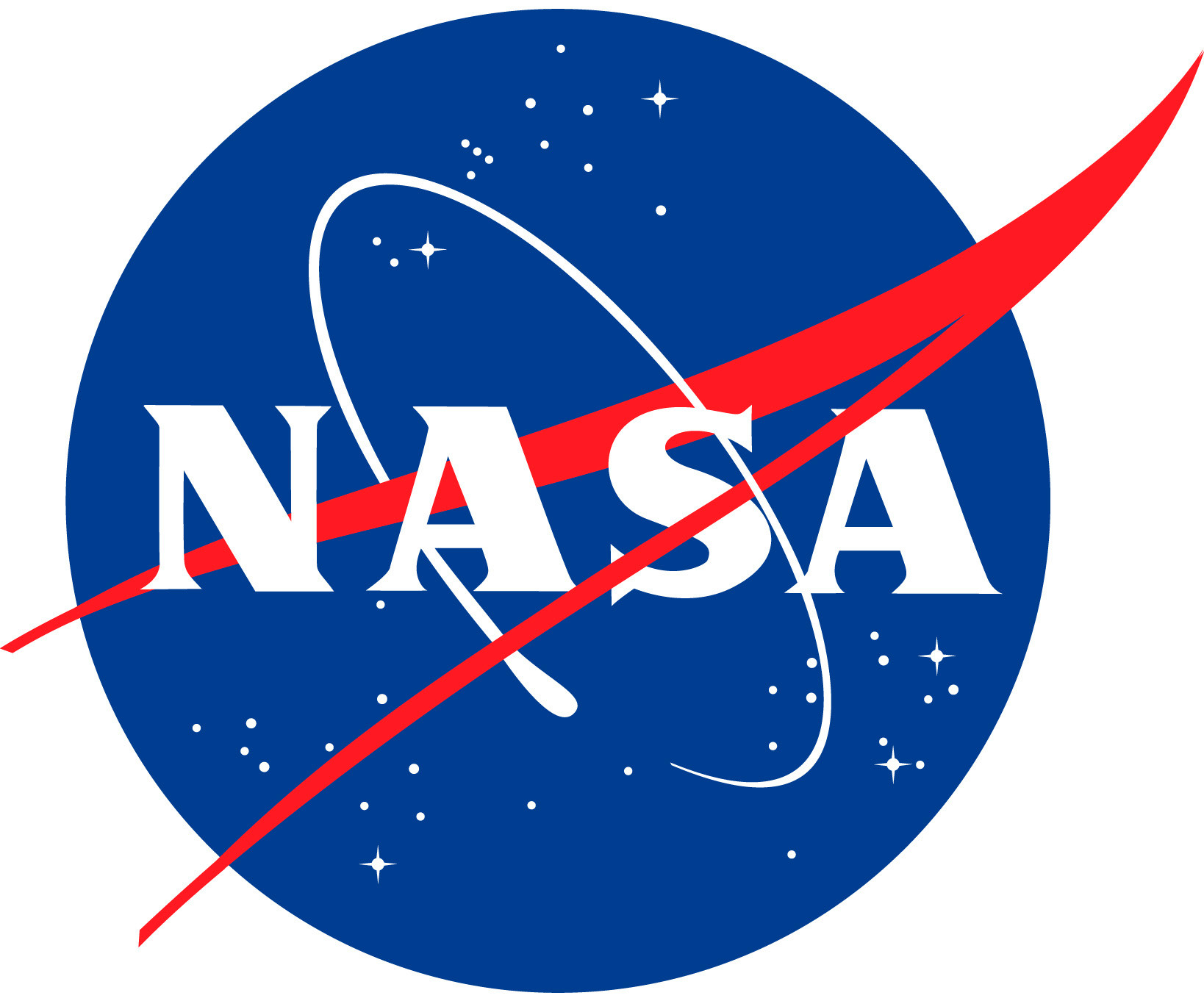NASA and Orthodontic Treatment
How NASA Has Influenced Orthodontics
When you think of NASA, space exploration, robotics and satellite technology tend to be the first things that come to mind. Did you know that over the past 60 years, NASA discoveries have also benefited our world in the areas of health and medicine, transportation, public safety, computer technology, agricultural and consumer products? NASA makes sure that these spinoffs are made available to the public in the form of commercial products. It’s called “technology transfer”, where NASA-derived technology and products, (things originated from space exploration), find their way into our homes and everyday lives. Since 1976, NASA has profiled more than 2,000 spinoffs!
A short list of these amazing products include:
- GPS navigation for farmers
- prepackaged foods/food safety
- camera sensing technology used in smartphones for selfies
- fire retardant materials
- rehabilitation devices
- nutritional supplements and compounds (now found in 90% of baby formulas)
- swimsuits that resist viscous drag
- Memory Foam in apparel
- Nitinol (NiTi archwire) orthodontic braces wire

NiTi Dental Archwires
Simply stated, an archwire is the wire that attaches to your braces and moves your teeth through light, continuous force. It is called an “archwire” because your top teeth comprise your top arch, and your bottom teeth comprise your bottom arch.
In 1963, a NiTi (nickel and titanium) alloy was developed for aerospace applications by the Naval Ordnance Laboratory in Maryland. Dr. George F. Andreasen, an orthodontist, inventor, and dental scientist at the University of Iowa, came up with his idea for Nitinol (Nickel Titanium Naval Ordinance Laboratory) after reading an article in the United States Naval laboratory publication supplement from the Journal of American Orthodontics. He was attracted to the exceptional elasticity of the NiTi alloy, and recognized the opportunity for commercial applications as a dental archwire. NASA subsequently conducted additional research on the properties of Nitinol and on procedures for processing the metal.
Nitinol has the ability to return to its original shape after bending; it does not kink but continues to pull on the teeth.
The orthodontic application of Nitinol represents a decade of development by Dr. Andreasen. On July 26, 1977 he was awarded U.S. Pat. No. 4,037,324, for what became known as the “memory wire”, because it returns to its original shape after being bent. Unitek Corporation produced the stabilized NiTi alloy for clinical use under the trade name Nitinol (55% of nickel and 45% of titanium).
Patients report less discomfort and in certain cases the continuous pulling effect afforded by Nitinol’s elasticity has reduced the frequency of office visits and trimmed overall treatment time.
In the 1990s a new composition of heat-activated NiTi alloys with copper emerged (CuNiTi). By adding copper (which is an efficient heat conductor) to nickel and titanium, the arch wire now has two distinct properties, shape memory and superelasticity.
When the arch wire is heated up, it can be molded into an arch shape to fit your mouth. The wire is then cooled and attached to the brackets on your teeth. As the wires warm up again in your mouth from your body heat, the force produced from the elasticity of the wire as it returns to its original arch form is strong enough to move the teeth into their desired positions. The fabrication of heat-activated Copper Nickel-Titanium (CuNiTi) archwires allow for faster teeth movement, with less discomfort, and requires fewer adjustments (or trips to the orthodontist). Treatment that once took 4-6 years, can now be completed in 2 years or less!
Thank you NASA for over 60 years of exploration and trailblazing technology!
If you are interested in starting orthodontic treatment, contact our office for a Complimentary Consultation. We’ll be happy to answer any questions regarding treatment, insurance and financing options. Call 972-335-1300 Monday through Thursday, or submit an online appointment request and we will respond within one business day.
